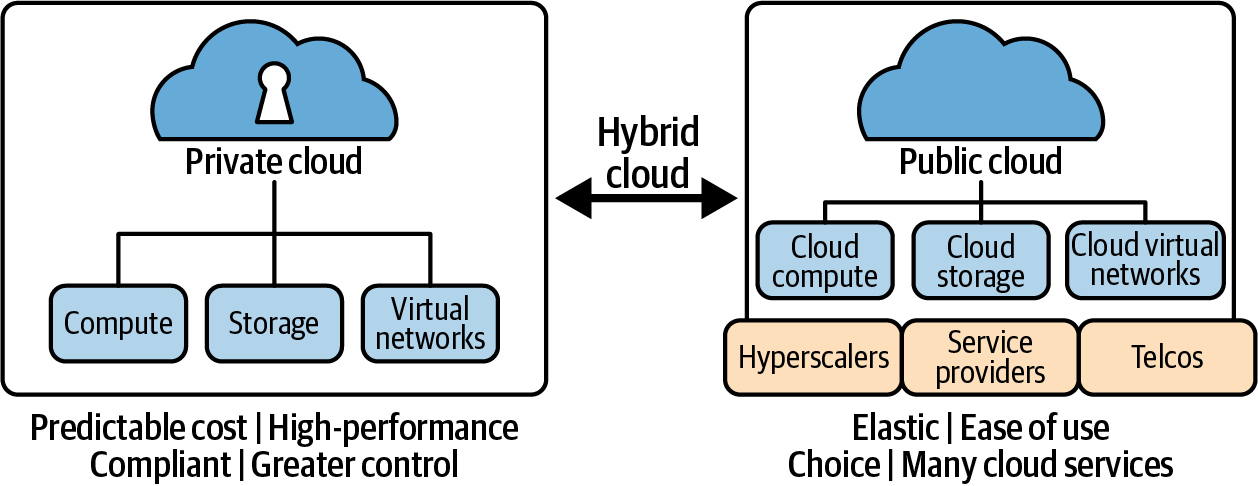Hybrid Cloud Is Critical for Enterprise Agility and Efficiency
The 2020 global pandemic underscored the need for enterprises—and enterprise IT—to increase agility and accelerate the pace of private and public cloud adoption. With more and more of the world’s economic activity taking place online, achieving cloud success has taken on new urgency as companies rush to fill gaps and take advantage of emerging opportunities.
In a digital economy, IT is a key enabler of success. To react quickly to changing business needs, provision apps more quickly, and support business on a global scale, IT teams need to take full advantage of both public and private clouds.
Private clouds can offer control over consumption, more layers of security, and the ability to run legacy applications that cannot leave your on-premises datacenter, whereas public clouds let you provision and scale resources in minutes, take advantage of innovative services, and eliminate the challenges of low-level infrastructure management. Businesses that can create an effective hybrid cloud are able to leverage the benefits of both public and private clouds (as shown in Figure I-1) with seamless interoperability across environments.

Figure I-1. A properly implemented hybrid cloud combines the advantages of private and public clouds.
Why Hybrid Cloud?
Whether it was intentional or not, most enterprises are already working ...
Get Hybrid and Multicloud Management now with the O’Reilly learning platform.
O’Reilly members experience books, live events, courses curated by job role, and more from O’Reilly and nearly 200 top publishers.

